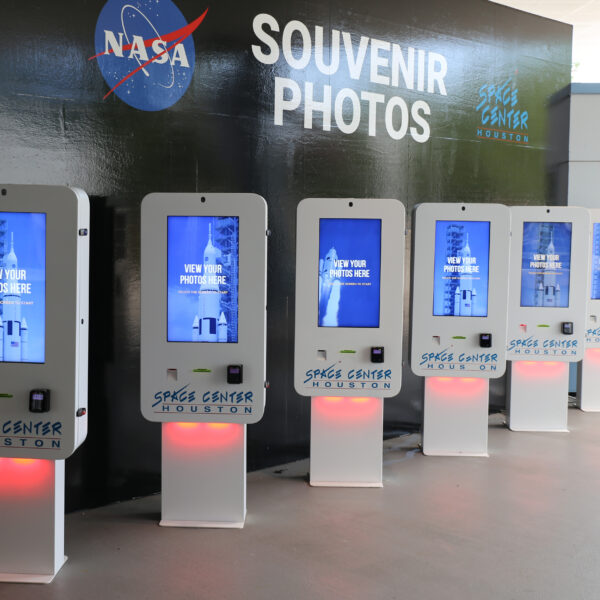
Kiosks
Close
Kiosk Industries


The average lifespan of a kiosk in the field is typically between five and ten years. However, this is heavily influenced by several variables like frequency of use, the build-quality of materials, maintenance, and alterations.
Read on to explore how each of these factors affect a kiosk’s life expectancy.
Thankfully, durable interactive kiosks are built for use. However, frequent operation does play a role in how long a kiosk will be active in the field.
If the kiosk is in a high-traffic, high-use area, expect a shorter life expectancy. This is because, as with anything, regular use contributes to more wear and tear.
To give kiosks the best protection against wear from continual use, being mindful of the manufacturing materials is key.
Naturally, the higher the quality of materials used, the longer a kiosk will likely stay in the field.
Kiosks are built using robust, high-quality materials, typically powder coated metal or stainless steel. The build-quality of these materials helps them hold up on location.
This is because both options are resistant to rust, and the thick powder coating on metal provides additional protection, creating a shell around the metal that can slow corrosion.
Continuous upkeep will prolong the life of a kiosk as well, whether that be replacing and repairing damaged parts or investing in remote maintenance to keep software up and running.
Regular maintenance as well as upgrades to the software and hardware will maximize a kiosk’s lifetime in the field.
Technology is always changing, and kiosks need to be built with future changes in mind.
While software updates are typically done remotely, the physical equipment itself could require a modification at some point.
Kiosk manufacturers engineer solutions so hardware components can be changed out when they’re damaged in use, when there are technological advancements, or when components reach the end of their useful life.
Kiosks are built to adapt to changing demands, like when touchscreens become thinner or new printers and scanner options come to market.
In fact, this is exactly why most credit card readers are secured to a kiosk with a separate bracket. These card readers change all the time as the biggest companies in this space update their product offering.
By building flexibility into a kiosk for the electronic components, kiosk manufacturers ensure the kiosk’s lifespan is as long as possible.
Life expectancy of a kiosk will be influenced from the start by the choice of material used to build it. Once deployed, the rate at which the kiosk is used will determine how long it can stay in the field. With regular maintenance as well as staying current on updates and new hardware, a kiosk’s lifecycle can be extended to its max.